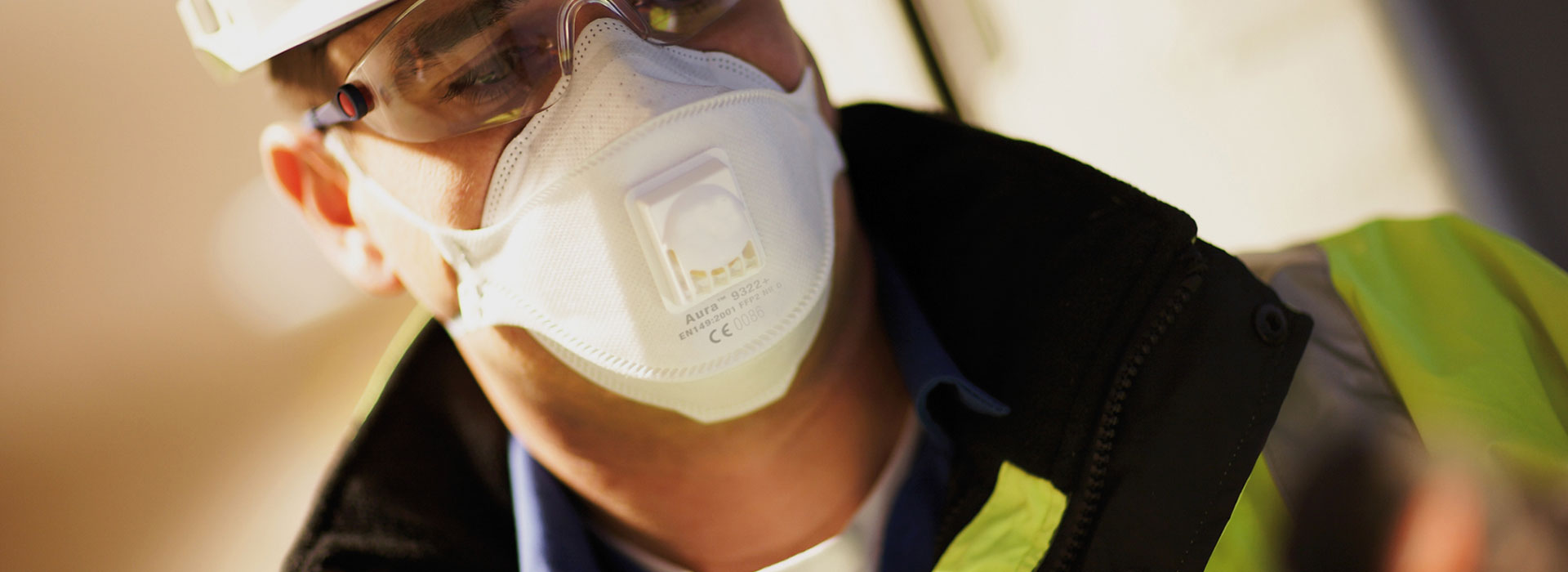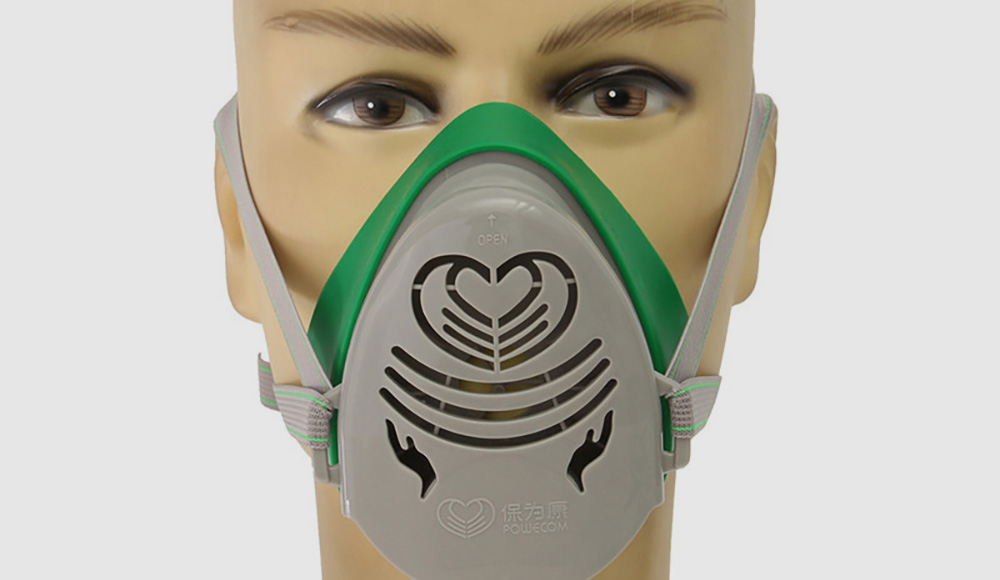

The respiratory system is a system consisting of mouth, nose, pharynx, larynx, trachea, bronchi, and alveoli. There is no gas exchange in the bronchi that branch after the trachea. Anatomically, these channels are called dead space. The volume of air in the dead space is 150 ml. The place where gas exchange is made is the alveoli. Because of the dead space, gas exchange occurs in only 500 ml of 350 ml of air taken into the lungs with each breath. In other words, some of the inhaled air does not reach the areas where gas exchange is made and remains in the nose, pharynx, larynx, trachea and bronchi. The air remaining in these regions is called dead space air because it does not participate in gas exchange.

Gas exchange occurs by diffusion according to the difference in pressure and density values and the melting capacity of the gases. While oxygen passes from the inhaled air to the alveoli during gas exchange, carbon dioxide passes from the alveoli to the air.
Basically, dead space is the volume of inhaled air that is not involved in gas exchange. Some of the air taken with inhalation stays in the respiratory tract and a large amount reaches the alveoli. In other words, all of the breathing air is not used for oxygen and carbon dioxide exchange.
Respiration occurs when air enters and leaves the lungs. The fresh air taken from the outside is called inspiration to reach the lungs, and the expiration of the dirty air in the lungs. The inspired air is a mixture of the air in the alveoli and the dead space air. The ratio of dead space air to air in the alveons indicates the amount of gases in the exhalation air. Oxygen and carbon dioxide gases are displaced depending on the pressure differences.
While the anatomical dead space is the volume of air remaining in the air-conducting paths, the physiological dead space is determined by a functional measurement and is the volume of air that does not participate in gas exchange in the lungs. In a normal lung, physiological and anatomical dead space are equal. However, physiological dead space is measured more in respiratory disorders.
Within the framework of respiratory protection equipment testing services, our organization also provides carbon dioxide dead space testing services using transfer standards.
To get an appointment, to get more detailed information or to request an evaluation, you can ask us to fill in our form and reach you.